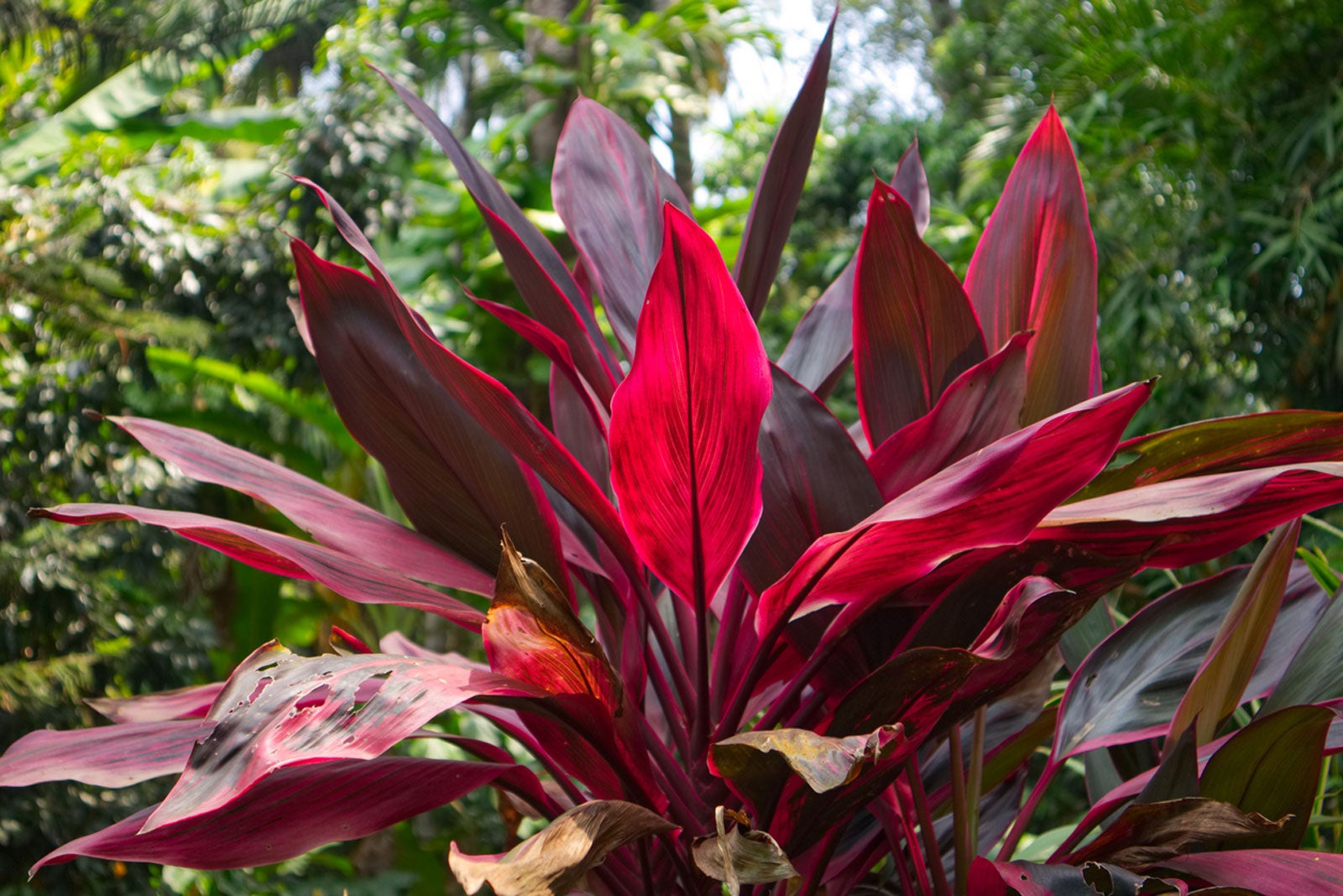Cordyline Plant Varieties: Different Types Of Cordyline Plants To Grow


Also known as ti plants and often mislabeled as dracaena, cordyline plants belong to their own genus. You’ll find them in most nurseries and in all but the warmest regions, cordyline should only be grown indoors. They make excellent houseplants, and with a little information about cordyline care, you can easily grow them by a sunny, warm window.
What is a Cordyline Plant?
Cordyline is a genus of plants native to Pacific islands and parts of Southeast Asia. There are around 15 species of this evergreen and woody perennial. While in the U.S. it will only be hardy through zone 9 outdoors, cordyline plant varieties are easy to grow as houseplants. They just need warmth, bright, and indirect sunlight, rich soil, and regular watering.
Is Cordyline a Dracaena?
Identifying a cordyline and distinguishing it from similar plants, like dracaena, can be challenging. This is especially true because nurseries may use a variety of names to label cordyline varieties.
Dracaena, another popular houseplant, is commonly confused with cordyline. They look similar and are both related to agave. One way to distinguish between the two is to check out the roots. On cordyline they will be white, while on dracaena the roots are yellow to orange.
Types of Cordyline Plants
You should be able to find several varieties of cordyline at a local nursery, but some types will require a more dedicated search. They all produce leathery, spear-shaped leaves but have varied patterns and colors.
- The ‘Red Sister’ variety of cordyline is one of the most common types you’ll see in a nursery. It has bright, fuchsia-colored new growth, while the older leaves are deeper reddish green.
- Cordyline australis is one of the species you’ll most often see in cultivation. It resembles yucca and has long, dark, narrow leaves. There are several cultivars of this species, including ‘Dark Star’ with reddish leaves, ‘Jive’ that grows like a small tree, and ‘Pink Champagne’ with leaves of green, cream, and pink variegation.
- Cordyline terminalis is another species with a lot of different cultivars. It is very showy with wide leaves that can be yellow, orange, black, red, green, and a mix of colors, depending on the variety.
- Cordyline fruticosa includes the ‘Soledad Purple’ cultivar which has striking, large green leaves. The younger leaves are tinted with purple and the flowers are light purple.
- Cordyline stricta is similar to ‘Soledad Purple.’ The clusters of pale purple flowers can grow to 2 feet (61 cm) long.
Sign up for the Gardening Know How newsletter today and receive a free copy of our e-book "How to Grow Delicious Tomatoes".

Mary Ellen Ellis has been gardening for over 20 years. With degrees in Chemistry and Biology, Mary Ellen's specialties are flowers, native plants, and herbs.